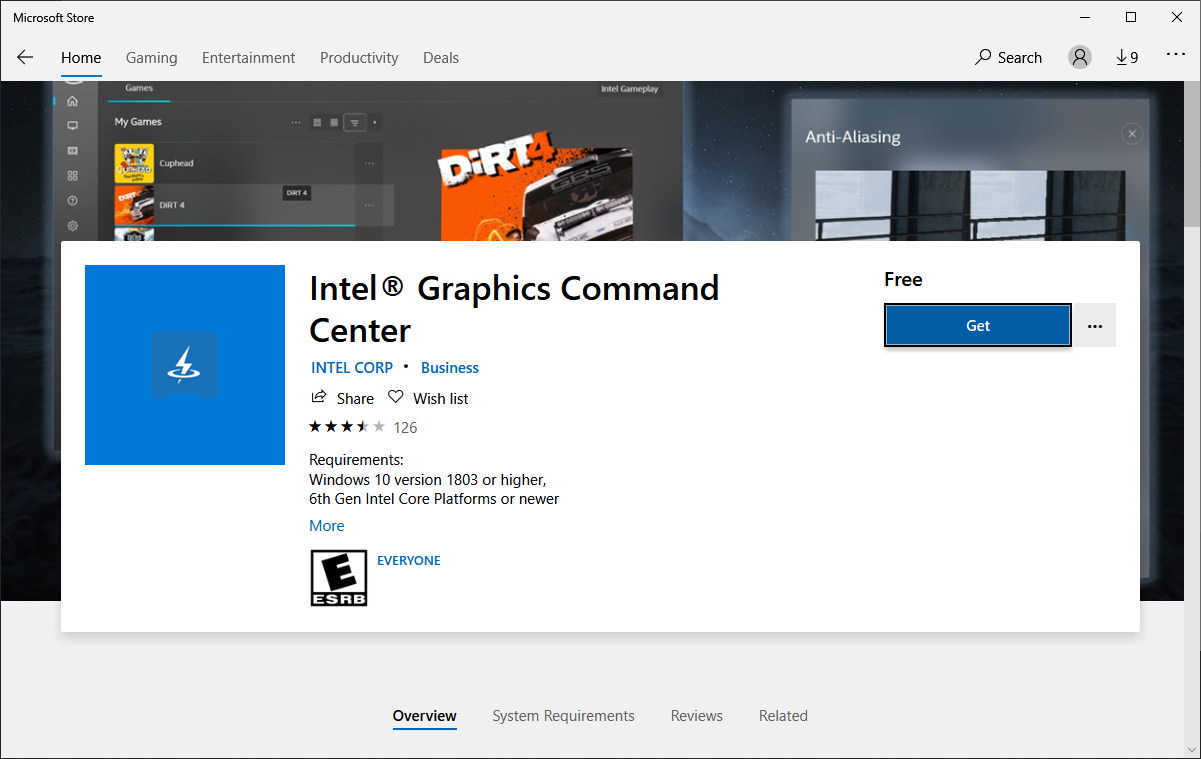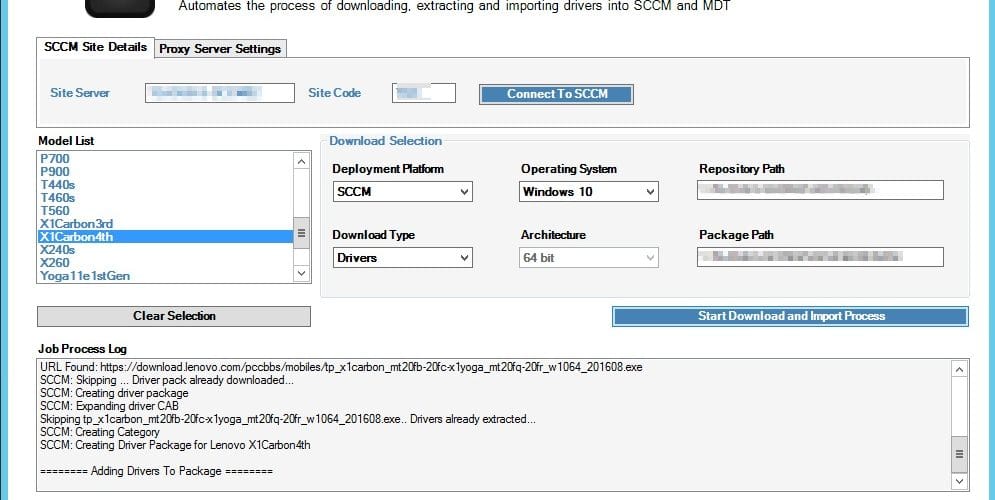Installation: The above USB Drivers are ready to install on your Windows X86 and X64 computers. Follow the below quick steps to learn how to download and install them on your PC: 1. Download Huawei USB Drivers from the above table on your PC. Make sure to uninstall all the previously installed USB Drivers for Huawei Honor phones. Download other device drivers or install DriverPack Solution software for driver scan and update.
In this document
- Installing a USB Driver
Download Oem Others Drivers License
When Vista asks if you'd like to install the Google ADB Interface device, click Install to upgrade the driver. Note: If your device is one of the Android Developer Phones (purchased from the Google Play publisher site), a Nexus One, or a Nexus S, then you need the Google USB Driver, instead of an OEM driver.
See also

If you are developing on Windows and would like to connect an Android-powered deviceto test your applications, then you need to install the appropriate USB driver. This documentprovides links to the web sites for several original equipment manufacturers (OEMs),where you can download the appropriate USB driver for your device. However, this list isnot exhaustive for all available Android-powered devices.
If you're developing on Mac OS X or Linux, then you probably don't need to install a USB driver.To start developing with your device, read Using Hardware Devices.
Note: If your device is one of the Android Developer Phones(ADP), a Nexus One, or a Nexus S, then you needthe Google USB Driver, instead of an OEM driver. The GalaxyNexus driver, however, is distributed by Samsung(listed as model SCH-I515).
Installing a USB Driver
First, find the appropriate driver for your device from the OEM driverstable below.

Once you've downloaded your USB driver, follow the instructions below to install or upgrade thedriver, based on your version of Windows and whether you're installing for the first timeor upgrading an existing driver.

Tip: When you finish the USB driver installation,see Using Hardware Devices forother important information about using an Android-powered device fordevelopment.
Download Oem Others Driver Download
Caution:You may make changes to android_winusb.inf file found insideusb_driver (for example, to add support for other devices),however, this will lead to security warnings when you install or upgrade thedriver. Making any other changes to the driver files may break the installationprocess.
Windows 7
To install the Android USB driver on Windows 7 for the first time:
- Connect your Android-powered device to your computer's USB port.
- Right-click on Computer from your desktop or Windows Explorer, and select Manage.
- Select Devices in the left pane.
- Locate and expand Other device in the right pane.
- Right-click the device name (such as Nexus S) and select Update Driver Software. This will launch the Hardware Update Wizard.
- Select Browse my computer for driver software and click Next.
- Click Browse and locate the USB driver folder. (The Google USBDriver is located in
<sdk>extrasgoogleusb_driver.) - Click Next to install the driver.
Or, to upgrade an existing Android USB driver on Windows 7 with the newdriver:
Download Oem Others Driver License
- Connect your Android-powered device to your computer's USB port.
- Right-click on Computer from your desktop or Windows Explorer, and select Manage.
- Select Device Manager in the left pane of the Computer Management window.
- Locate and expand Android Phone in the right pane.
- Right-click Android Composite ADB Interface and select Update Driver. This will launch the Hardware Update Wizard.
- Select Install from a list or specific location and click Next.
- Select Search for the best driver in these locations; un-checkSearch removable media; and check Include this location in thesearch.
- Click Browse and locate the USB driver folder. (The Google USBDriver is located in
<sdk>extrasgoogleusb_driver.) - Click Next to upgrade the driver.
Windows XP
To install the Android USB driver on Windows XP for the first time:
- Connect your Android-powered device to your computer's USB port. Windows will detect the device and launch the Hardware Update Wizard.
- Select Install from a list or specific location and click Next.
- Select Search for the best driver in these locations; un-checkSearch removable media; and check Includethis location in the search.
- Click Browse and locate the USB driver folder. (The Google USBDriver is located in
<sdk>extrasgoogleusb_driver.) - Click Next to install the driver.
Or, to upgrade an existing Android USB driver on Windows XP with the newdriver:
- Connect your Android-powered device to your computer's USB port.
- Right-click on My Computer from your desktop or Windows Explorer, and select Manage.
- Select Device Manager in the left pane.
- Locate and expand Android Phone in the right pane.
- Right-click Android Composite ADB Interface and select Update Driver. This will launch the Hardware Update Wizard.
- Select Install from a list or specific location and click Next.
- Select Search for the best driver in these locations; un-check Search removable media; and check Includethis location in the search.
- Click Browse and locate the USB driver folder. (The Google USBDriver is located in
<sdk>extrasgoogleusb_driver.) - Click Next to upgrade the driver.
Windows Vista
To install the Android USB driver on Windows Vista for the first time:

- Connect your Android-powered device to your computer's USB port. Windows will detect the device and launch the Found New Hardware wizard.
- Select Locate and install driver software.
- Select Don't search online.
- Select I don't have the disk. Show me other options.
- Select Browse my computer for driver software.
- Click Browse and locate the USB driver folder. (The Google USBDriver is located in
<sdk>extrasgoogleusb_driver.) As long as you specified theexact location of the installation package, you may leave Include subfolders checked or unchecked—it doesn't matter. - Click Next. Vista may prompt you to confirm the privilege elevation required for driver installation. Confirm it.
- When Vista asks if you'd like to install the Google ADB Interface device, click Install to install the driver.
Or, to upgrade an existing Android USB driver on Windows Vista with the newdriver:
- Connect your Android-powered device to your computer's USB port.
- Right-click on Computer from your desktop or Windows Explorer, and select Manage.
- Select Device Manager in the left pane.
- Locate and expand ADB Interface in the right pane.
- Right-click on HTC Dream Composite ADB Interface, and select Update Driver Software.
- When Vista starts updating the driver, a prompt will ask how you want to search for the driver software. Select Browse my computer for driver software.
- Click Browse and locate the USB driver folder. (The Google USBDriver is located in
<sdk>extrasgoogleusb_driver.) As long as you specified theexact location of the installation package, you may leave Include subfolders checked or unchecked—it doesn't matter. - Click Next. Vista might prompt you to confirm the privilege elevation required for driver installation. Confirm it.
- When Vista asks if you'd like to install the Google ADB Interface device, click Install to upgrade the driver.
OEM Drivers
Note: If your device is one of the Android Developer Phones(purchased from the Google Play publisher site), a Nexus One, or a Nexus S, then you needthe Google USB Driver, instead of an OEM driver. The GalaxyNexus driver, however, is distributed by Samsung(listed as model SCH-I515).
| OEM | Driver URL |
|---|---|
| Acer | http://www.acer.com/worldwide/support/mobile.html |
| alcatel one touch | http://www.alcatel-mobilephones.com/global/Android-Downloads |
| Asus | http://support.asus.com/download/ |
| Dell | http://support.dell.com/support/downloads/index.aspx?c=us&cs=19&l=en&s=dhs&~ck=anavml |
| Foxconn | http://drivers.cmcs.com.tw/ |
| Fujitsu | http://www.fmworld.net/product/phone/sp/android/develop/ |
| Fujitsu Toshiba | http://www.fmworld.net/product/phone/sp/android/develop/ |
| Garmin-Asus | https://www.garminasus.com/en_US/support/pcsync/ |
| Hisense | http://app.hismarttv.com/dss/resourcecontent.do?method=viewResourceDetail&resourceId=16&type=5 |
| HTC | http://www.htc.com Click on thesupport tab to select your products/device. Different regions will have different links. |
| Huawei | http://www.huaweidevice.com/worldwide/downloadCenter.do?method=index |
| Intel | http://www.intel.com/software/android |
| KT Tech | http://www.kttech.co.kr/cscenter/download05.asp for EV-S100 (Take) |
| Kyocera | http://www.kyocera-wireless.com/support/phone_drivers.htm |
| Lenovo | http://developer.lenovomm.com/developer/download.jsp |
| LGE | http://www.lg.com/us/mobile-phones/mobile-support/mobile-lg-mobile-phone-support.jsp |
| Motorola | http://developer.motorola.com/docstools/USB_Drivers/ |
| Pantech | http://www.isky.co.kr/cs/software/software.sky?fromUrl=index |
| Pegatron | http://www.pegatroncorp.com/download/New_Duke_PC_Driver_0705.zip (ZIP download) |
| Samsung | http://www.samsung.com/us/support/downloads |
| Sharp | http://k-tai.sharp.co.jp/support/ |
| SK Telesys | http://www.sk-w.com/service/wDownload/wDownload.jsp |
| Sony Mobile Communications | http://developer.sonymobile.com/downloads/drivers/ |
| Teleepoch | http://www.teleepoch.com/android.html |
| Yulong Coolpad | http://www.yulong.com/product/product/product/downloadList.html#downListUL |
| ZTE | http://support.zte.com.cn/support/news/NewsDetail.aspx?newsId=1000442 |
MTP or (Media Transfer Protocol) is a set of custom extensions to the Picture Transfer Protocol (PTP) devised by Microsoft, to allow the protocol to be used for devices other than digital cameras, for example digital audio players such as MP3 players, and other portable media devices, for example portable video players.
Media Transfer Protocol (commonly referred to as MTP) is part of the 'Windows Media' framework and thus closely related to Windows Media Player. Windows Vista has built-in support for MTP. Support for Media Transfer Protocol in Windows XP requires the installation of Windows Media Player 10 or higher. Apple and Linux systems do not support it natively but have software packages to support it.

The USB Implementers Forum device working group is presently working on standardizing MTP as a fully fledged Universal Serial Bus (USB) device class. When that process is complete, MTP will be a USB device class peer to USB mass storage device class, USB Video Class, and so on.